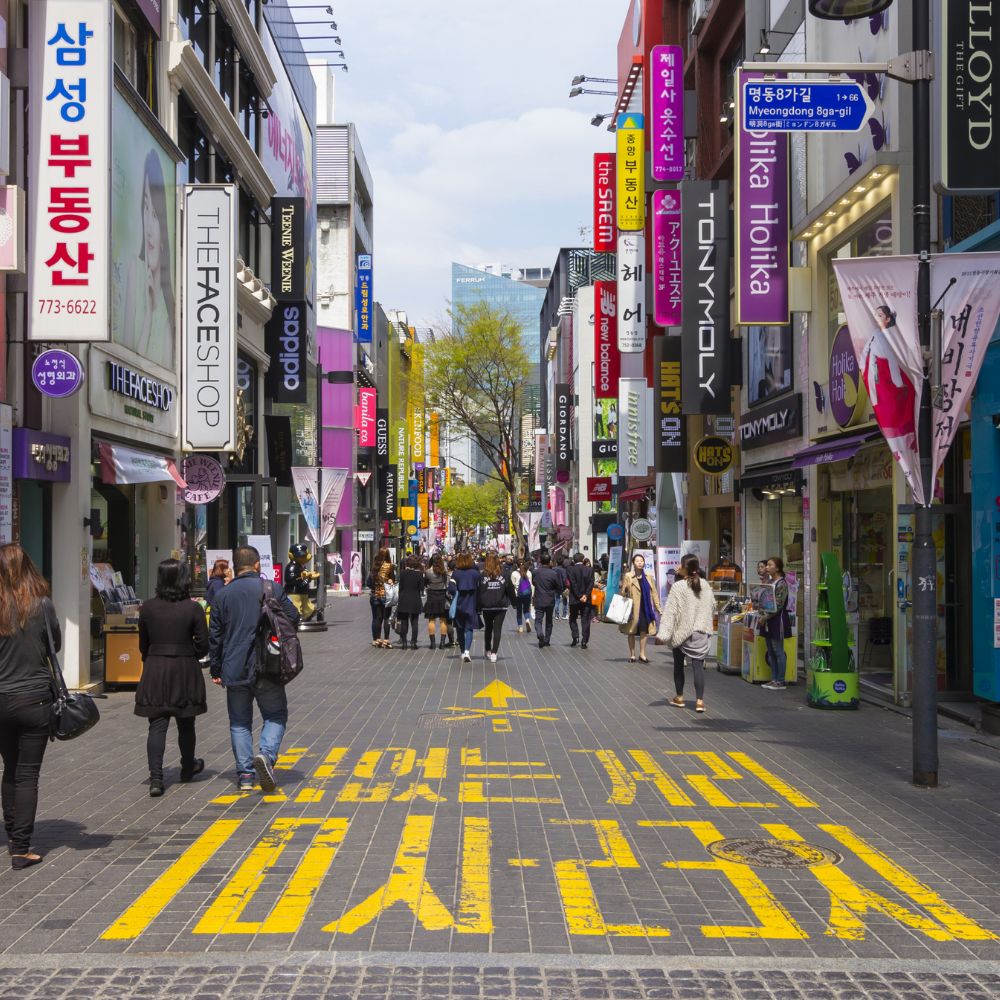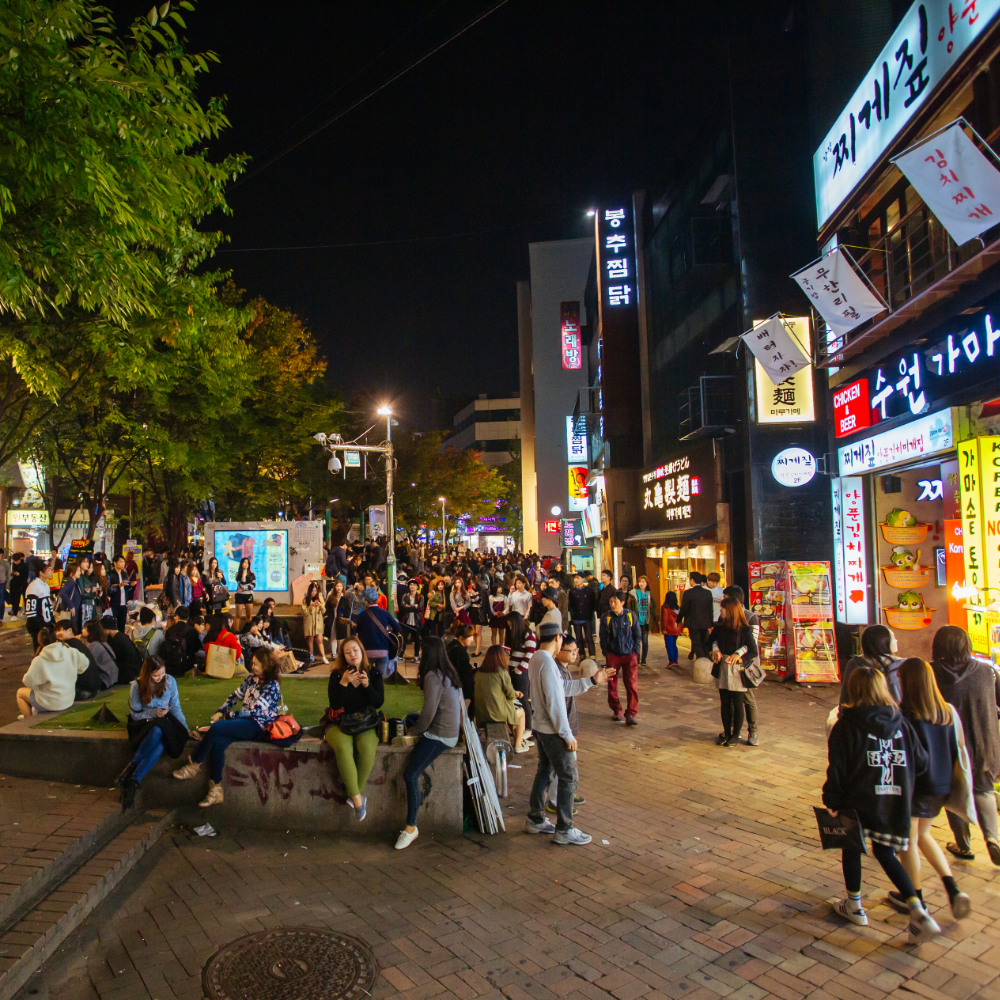Traditional Korean Craft Classes in Seoul: Paint, Weave, and Write Your Own Story
Discover Korea through your hands — join a traditional craft class in Seoul and learn to create hanji, calligraphy, or knot accessories with local masters.

Why Korean Crafts Are Gaining Global Love
In the era of fast-paced, checklist-driven tourism, more travelers are seeking meaningful and immersive experiences — and traditional Korean craft classes provide exactly that. These hands-on sessions offer more than a souvenir. They allow you to slow down, connect with artisans, and understand the culture in a deeply personal way. Whether you’re folding hanji paper into elegant lanterns or painting your Korean name with a calligraphy brush, each movement is a quiet interaction with centuries of heritage.
This cultural shift toward slow travel aligns beautifully with the Korean ethos of mindfulness and beauty in detail. In a hanji workshop, for instance, you don’t just learn to paste paper — you’re taught to feel the rhythm of layering, drying, and finishing. The calm atmosphere, usually inside a hanok studio or modern gallery space, reinforces the idea that craft is not just product, but process. It’s no wonder Korean craft classes are now topping experience wishlists for travelers seeking depth, not just aesthetics.

What You Can Learn: Hanji, Calligraphy, and More
Korean crafts are incredibly diverse, blending functional design with symbolic meaning. In Seoul, you’ll find a wide selection of workshops covering everything from hanji lamp making to Korean seal carving. Calligraphy classes often begin with a brief history of Hangeul, followed by instruction on brush techniques and personalized practice. The result? A framed piece bearing your name or a favorite Korean word — handmade and deeply personal.
For those interested in tactile design, maedeup (매듭) classes introduce you to decorative knotting, traditionally used in norigae accessories or hanbok decoration. You can also try natural dyeing using persimmon tannins or mulberry bark, learning how to transform white cotton into earthy pastels with zero synthetic chemicals. Most classes are beginner-friendly, but also offer more intensive sessions for returning visitors or creative travelers looking for artistic challenges.

Best Places to Experience Craft in Seoul
While many cafes and tourist hubs offer quick craft experiences, some of the most authentic workshops are hosted by seasoned artisans in locations rich with cultural energy. In Insadong, known for its calligraphy shops and art galleries, you’ll find small studios offering intimate classes in Korean ink art. The Korea Craft & Design Foundation (KCDF) near Anguk Station provides curated experiences often tied to seasonal themes or national holidays.
Other notable options include the 'Myungin Workshop' (명인작업실), where certified master artisans lead hanji lamp or traditional knot-making classes. Bukchon Hanok Village is another popular destination, where classes are often held inside actual hanok houses, adding atmospheric beauty to the experience. If you prefer something central and modern, check out the ‘K-Style Hub’ near Cheonggyecheon, where cultural experiences are available in multiple languages and suited for short stays.

How to Book and What to Expect
Booking your spot is easier than ever thanks to platforms like Klook, Trazy, Creatrip, and Airbnb Experiences. Most workshops allow you to reserve up to a day in advance, and many are walk-in friendly. Prices range from ₩20,000 to ₩60,000 depending on the complexity and materials. Sessions typically run 1–2 hours and include all necessary tools and guidance. Expect to leave with a finished product in hand and a camera roll full of peaceful, picturesque moments.
What sets Korean craft classes apart is their hospitality. Many instructors prepare tea or small snacks, and they often share stories about the history or symbolism behind the techniques. The language barrier isn’t a concern — most studios offer English-speaking staff or visual instruction sheets. Some even offer shipping options for delicate items like ceramics. All you need to bring is curiosity — and maybe a tote bag to carry your handmade treasure home.

Dr. Beau's Note
Traditional Korean crafts aren’t just about technique — they’re about connection. They connect people to heritage, to the local community, and to themselves. As a beauty editor and clinic doctor, I see daily how small, tactile rituals improve mood and mental health. These workshops offer that same power — a moment to focus, create, and carry culture with you in a tangible way.











